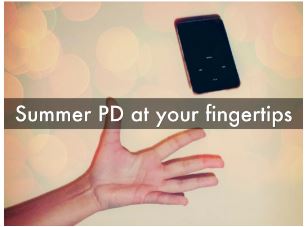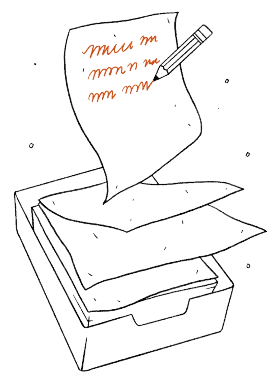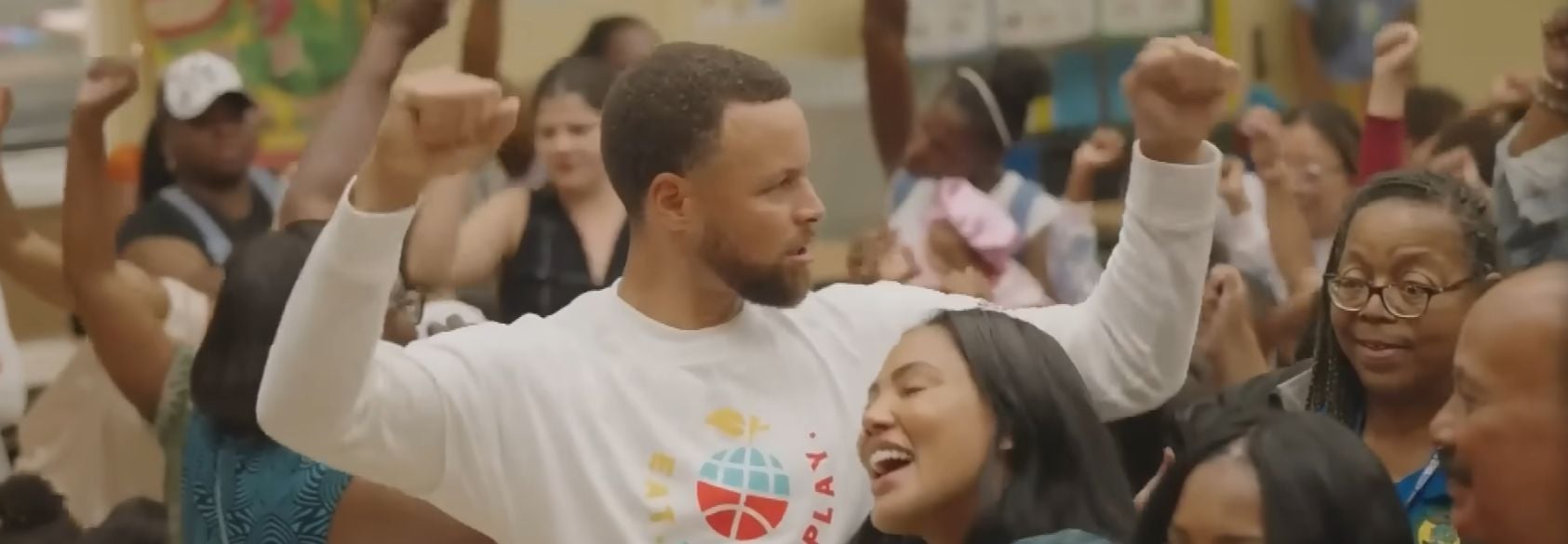Until a few months ago, I didn’t understand hashtags, thought tweeting was for Millennials, and called participants Twits. Probably not my most professional attitude, but sometimes you just don’t know what you don’t know. My husband, @WriterinBuffalo, had just become the Marketing Director @LippesMathias, and he mentioned that it might help my blogging career. (Do you get it? I just did that Twitter “mention” where you name drop! I so get this whole Twitter thing!)
All joking and self-promotion aside, I’ve been astounded by the community of positive educators. Yes, I said positive. My foray in to Twitter world (I am not being flip here—I actually don’t know what that space in the universe is called) coincided with Rangefinding work at State Ed in Albany, so I found myself sitting on my hotel bed, “lurking” (reading other people’s chats, but not joining in—digital voyeurism of a sort) at education chats. I found myself wanting to jump in. Mind you, this is after seven hours of education work. I sensed that I was on to something and the next night, jumped in to the conversation.
Maybe I hit the jackpot, but my experience with #ewedchat was nothing short of exhilarating. It was in this chat that I “met” some of the most interesting people I have in a long time, and began to understand the potential for my own personal development. Having professional conversations with likeminded people was an act of cleaning the lens through which I was viewing both my profession and myself. Conversation after conversation, I was connected to new resources, great websites, technology, and blogs that immediately influenced my planning for the fall.
And then, I kind of became obsessed, joining in two or three chats a day. Or so I thought. It turns out that Twitter types—to wildly generalize—are very connected. The pace of Twitter is so frenetic, similar to walking in to the faculty lounge at the change of classes. Some people wonder in, some others wonder out, conversations are short, but meaningful. I also learned from #CCSStime, #whatisschool, #nbtchat, #isedchat, and many others. I found myself jotting down notes, bookmarking websites, and sending messages to educators who I wanted to follow up with. Two awesome things happened: my hero Rick Wormeli replied, retweeted, and favorited one of my Tweets (granted, it was related to how awesome his “ban averaging” concept is, but still, he noticed!). And, I asked another educator to “talk” with me for this blog, and she was enthusiastic.
Melissa Sethna is a high school literacy coach from Chicago. She had tweeted that she was presenting for her high school the benefits of Twitter for PD. We exchanged emails—because, no matter how much you love it, 140 characters is writing haiku when what you are talking about is actually epic poetry. I asked her about her own experiences, and what she’d like people to know. She responded, “I think the best part of Twitter for me was that I realized that there are other teachers out there with similar philosophies as me. Sometimes in my school I felt like I was on my own with my beliefs about literacy in the content classrooms. I found teachers all over the country who are actually doing what I believe in and were willing to share their ideas with me.” This sentiment mirrored my own experience—I AM NOT ALONE might as well be the Twitter mantra as far as I am concerned.
ShareMyLesson contributing teachers were way ahead of me on this front. Some of the lessons that utilize Twitter do so in really unique ways. My favorite is a "Masque of the Red Death Twitter Activity" created by aharrison87, from the party scene, requiring students to Tweet throughout the night and reply to other Tweets. It makes the experience real for students, is interactive, and is a great measure of what students comprehend, therefore a great formative assessment. Another resource, Twitter Tweet Chapter Summary, created by our ELA team, is similar, but it is also appropriate for a young audience. It asks students to use a Twitter template to summarize a chapter. It sounds simple, but I used it in my own classroom of 7th graders, and it was quickly evident that being concise is a challenge. I’ve also tweaked this template, asking students to Tweet about a particular situation.
Adam Feinberg, another SML contributer, posted “Medieval Europe Twitter Project”, which is a cross-curricular activity that asks students to create a Twitter handle and tweet as either a peasant or a monk. His activity has links to excellent videos, making this project “ready to go” without extensive adjustments. It is exciting to know that teachers are harnessing Twitter. I know, I’m behind and Twitter is old hat for many people, but using it as both a professional (and personal) development tool is exciting, and importantly free. It may be summer, but most educators are starting to get the itch to “talk shop.” Take an hour of your life, find an education chat, and jump right in—you’ll find you are among friends.











